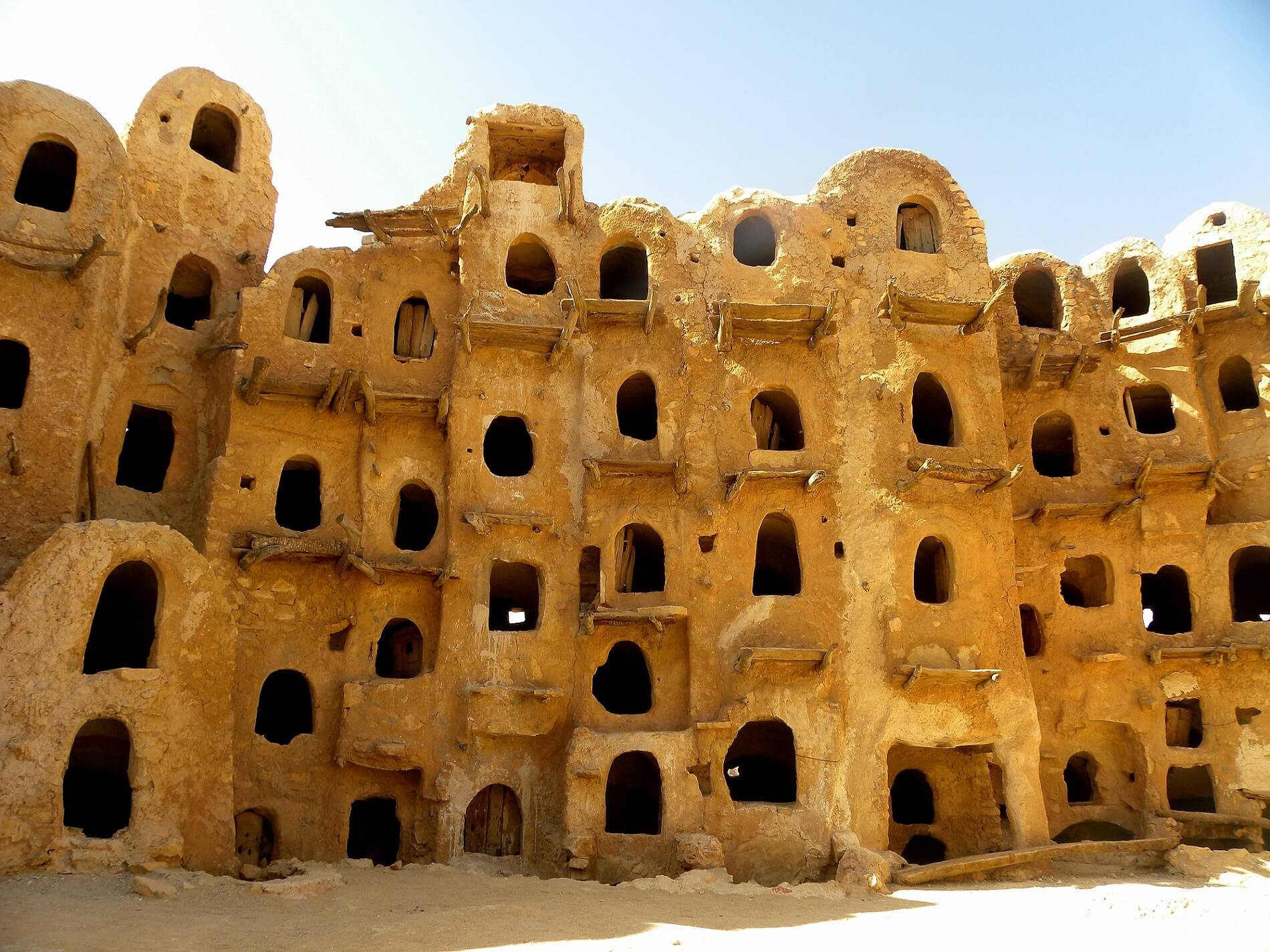As Libyans mark the first day of Ramadan on 6 June, two key political dynamics can be spotted from last week; increasing social discontent throughout Libyaand the rising role of the legacy Libya Dawn militias and the PFG in making the GNA’s anti-ISIS coalition work.In the first dynamic, increasing social discontent is attributable to many factors, but the currency/liquidity crisis is paramount. Despite previous indications of a resolution between the rival central bank administrations, controversy over the newly printed currency re-erupted this week, and with it, public outrage. On 2 June, Presidency Council boycotting member Ali Gatrani wrote an open letter to Sadiq al-Kabir, Governor of the CBL in Tripoli, reminding him that he had been sacked in mid 2014 by the HoR and that Ali Al-Hibri was the governor. Gatrani demanded he stop corresponding with institutions and individuals as governor of the CBL. This is unlikely because the international community has worked with Kabir for years now and he has steadfastly clung to his post. Finally, on 5 June, the rival bank governors met in Tripoli and agreed a resolution of with a set of measures that sees equal amounts of both new currencies delivered this week from the UK and Russia distributed fairly across Libya.In the second, The GNA’s establishment of a special operation room for anti-IS operations from Sirte-Ajdabiya , and de-facto reinstatement of Jadhran as head of the PFG both on 31 May in tandem with PFG attack on IS in the oil crescent signals a deal has been made between the GNA and local actors in the oil crescent that circumvents Haftar’s LNA. While this dynamic effectively puts the GNA in a good position with rival militias to negotiate workable and temporary alliances, it threatens to expose the GNA to hijack by these groups since they are not under direct control of the GNA, and have no other point of agreement with rival forces than the defeat of IS in Sirte. the visible role of rival militias under the umbrella of the GNA, which is also a factor in both, the growing public discontent with the GNA, and the friction within the LNA. Key amongst these rivals, are the legacy Libya Dawn militias, (many of which have already joined the GNA sanctioned anti-IS battle in Sirte), and the PFG militia led by Ibrahim Jadhran, both of which ironically fought over oil ports in 2014. The Legacy Libya Dawn militias are Islamist-leaning while Jadhran is anti-Islamist. The Legacy Libya Dawn militias would like Tripoli and Misrata to rule over Libya, while Jadhran and his ilk want federalism for Cyreniaca. Can they work together temporarily against IS despite these difference? I think only if each thinks it is gaining from the arrangement. Neither will take causalities to help the other liberate Sirte. And hence, I doubt a full frontal assault on Sirte will materialize until more confidence building and a firmer anti-ISIS coalition materializes.

